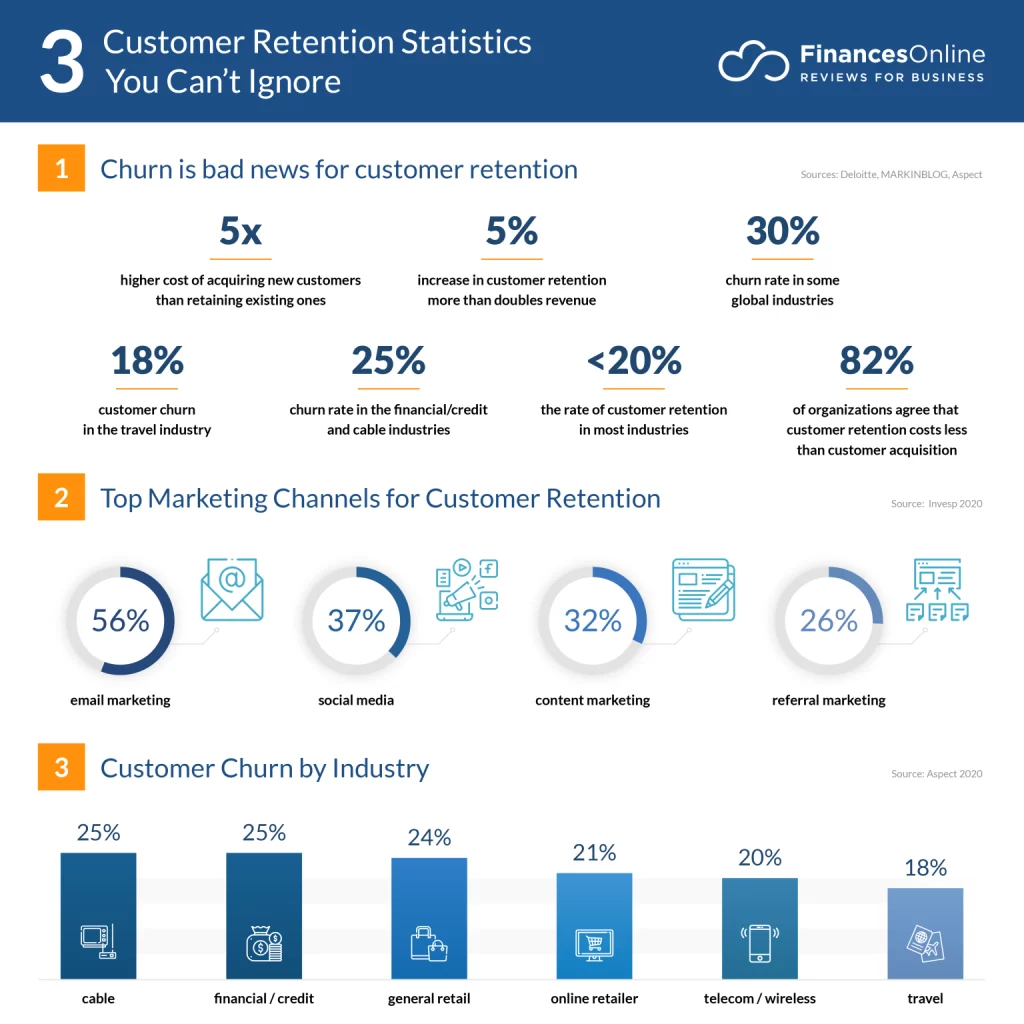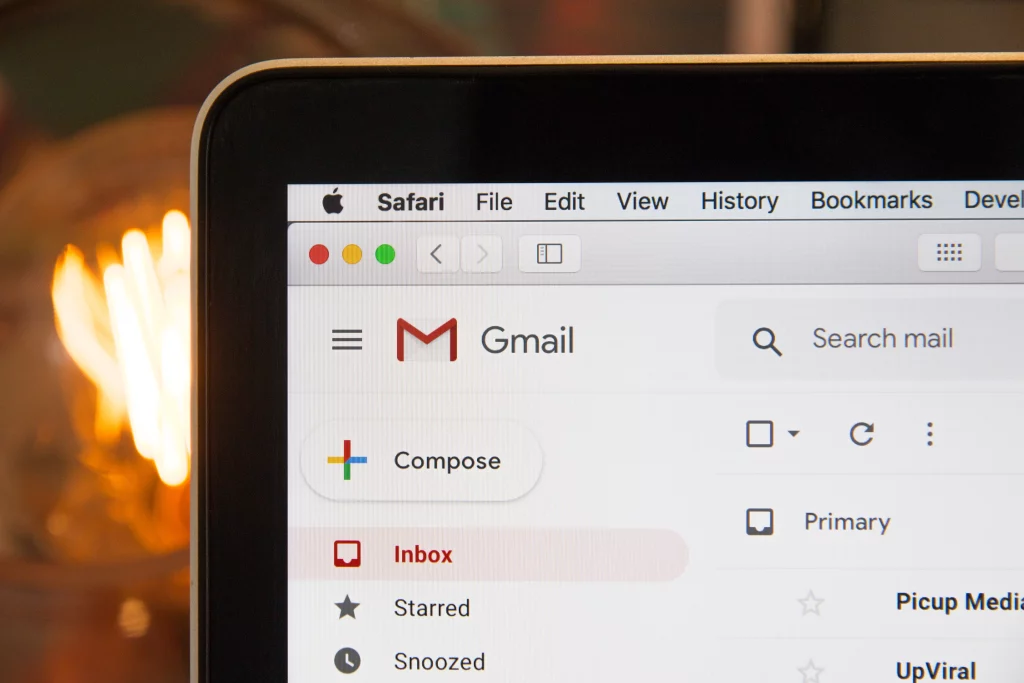Why You Need Post-Purchase Emails in Your Strategy to Drive Sales

Most businesses put a lot of time and effort into generating sales, but put little thought into what happens after that new customer clicks “confirm.” It is widely known that the cost of generating a new customer is much higher than motivating new purchases from an existing one. Thus, ensuring customers remain loyal and return for additional sales is the most profitable goal a business can have.
Along with using social commerce in your ecommerce strategy, one of the key ways e–commerce leaders inspire loyalty from their customers is by establishing a comprehensive post-purchase email sequence. More than most other tactics, a good post-purchase email sequence will nurture relationships with customers and lay the foundation for return sales.
Many Post-Purchase Emails Fall Short
We’ve all bought something online and received a simple confirmation email afterward. This message is usually followed a few days later by a basic shipping notification which may or may not contain tracking information. E–commerce retailers understand how email marketing is crucial in the customer buying process, but direct email isn’t merely about sales. Not all businesses take advantage of the lucrative opportunity to build on a successful customer purchase. Post-purchase emails can drive sales in various ways, such as introducing new customers to other products and services or providing key information about warranty and return policies. To ensure that your emails are as effective as possible, there are some additional aspects to consider as well.

Image sourced from financesonline.com
What To Consider Before Sending Your Emails
Before you start planning the emails you want to send, or use an email style guide to help you write them, consider these points:
Continue To Set The Tone
Everything your audience sees in your marketing and on your website should represent a cohesive image of your brand. Post-purchase emails are no different and should reflect continuity of your image and tone of voice. Is your tone playful and casual? Or is it distinguished and luxurious?
Good copywriting is essential here. Emails should always be as concise as possible, meaning every word you use matters. Each email contributes to how a customer views you and you need to consciously protect and maintain that image.
Keep It Fresh
If a story repeats the same information to you over and over, you’ll likely get bored and lose interest quickly. Think carefully about how each post-purchase email will flow into the next.
Presume that your customer will open every single email in the post-purchase sequence (while accepting that they probably won’t). Don’t include messaging that you know they already read in the last email, or at the very least, don’t say it in the same way. Though this may mean your team must invest increased time and energy in creating new inventive copy, the investment will be well worth it.

(Free to use image sourced from Unsplash)
Timing
Before googling how to “automate emails, Gmail”, remember that like most things in life, timing is everything. When you’re determining at what point your post-purchase emails should be sent, in some cases the answer will be obvious. Confirmation and shipping notification emails are to be instantaneous, for example.
Other types, such as replenish and upgrade emails can become simple to plan after considering the customer information you already have. Identify the point at which the customer made their purchase and determine how long that product is likely to last. This will help you establish an appropriate length of time to wait until a reminder email is sent.
“Win-back emails” can be trickier. Send a message asking for a customer to come back too early and you might come off as a bit needy, too late and you may miss your window of opportunity. This might take some time and analysis to get right based on the success metrics of your campaign.
Types Of Post-Purchase Email
Some of these emails you may already use, while others may not be on your radar right now. You don’t necessarily have to use all of them, but make sure you make the best out of the ones you do send.
Abandoned Cart
As it is not as much a post-purchase email as it is a “post-almost purchase” email, abandoned cart email messages could be considered rogue. However, even though this stage takes place before an actual sale, it is an important part of a customer’s journey and a key opportunity to improve your audience’s chance of reaching the next step.
Smart shoppers do a lot of exploring before making a purchase. Whether merely examining the quality between different brands, or researching what an asset purchase agreement is before buying your first business, what most potential customers need before completing a purchase is reassurance. Often consumers will have valid concerns about the product being the right fit, sustainability, appearance, or price. Remember that returns have an impact on customer lifetime value so abandoned cart email can be utilized to clearly explain your policies to ensure confidence.
Your audience will be far more likely to leap to make an important purchase once they are comfortable with their return options.
Quality copywriting is essential. Everything your audience sees in your marketing and on your website should represent a cohesive image of your brand. Is your tone playful and casual? Or is it distinguished and luxurious? Knowing the answer to these is key. Post-purchase emails are no different than any other form of brand copywriting. They should reflect both the continuity of your graphic brand and the general tone of web copy.
Abandoned cart emails should always be as concise. In the customer life cycle, every word you use matters. Each email contributes to how your audience views you and it’s important to protect and maintain a positive image.
(Image sourced from marketingcharts.com)
Order Confirmation
It’s an email that we’re all most likely to open. Shoppers naturally want to double or triple-check that all the order details are correct such as item count, price, payment type, and shipping address.
Use it.
While you have your customer’s attention, give a sincere “thank you.” It’s a simple way to let them know you’re grateful for their business. It’s also a great time to inform them of other products they may need in the future, or loyalty programs that could potentially save them money. Many businesses include special discount codes for them to use on their next purchase as an incentive. Whatever you choose to include in an order confirmation email make sure it is brief and relevant.
Shipping Confirmation
“Your package is on the way!” In the list of post-purchase emails, the shipping confirmation wins hands down for most exciting. Harness that enthusiasm to potentially drive more sales.
This email is a great tool to offer other related products tailored to what they have recently purchased. What else they might need next? If they’ve bought a new pair of dress shoes, could they need extra laces and shoe polish as well? If they’ve bought a new laptop, do they need proposal software? Whatever your business, find ways to cross-sell and upsell products for your and the customer’s benefit.
Don’t underestimate the importance of the option for customers to track their packages. Not only is using a shipping service with tracking the norm but can lead to repeated opens of their post-purchase emails.
Reviews
After a purchase has shipped and arrived at the customer on time it’s a great time to send a review email. This is the time a customer is most likely to speak about their item, buyer’s experience, and their level of satisfaction. Knowing this info provides retailers with valuable feedback which benefits the business and other customers. Much like how a purchase order example can help someone just starting a business, customer reviews, testimonials, and other user-generated content often make the biggest impact on potential customers.
Keep it quick and simple. A simple rating system with the option to leave a few short words is the best choice. It’s also a good idea to include a reminder of the business’s return, exchange, and warranty policy. In case they’re not 100% happy with their purchase, having this info on hand may both prevent them from leaving a negative review and improve the chances they’ll buy from you again in the future.

(Free to use image sourced from Unsplash)
Information
This is an important email to include if you think the item a customer bought needs some additional explanation. By including informational messages in your post-purchase process, you help your customer make the most out of their purchase. We all need a little help sometimes; Whether that’s asking how to use the new coffee machine at work or quickly searching “commercial proposal meaning” ahead of a meeting.
We tend to see post-purchase informational emails for products such as bedding or clothing with care instructions, recipes that accompany specialty cooking equipment, or tutorials for electronics. While informational post-purchase emails are not necessary for every sale, they are another great way to go the extra mile for your customers. Making sure they get the most out of their purchase may lead to a further positive association with your brand. This email can help foster the loyalty of your customers and improve the chances they’ll buy from you again.
Buy Again and Upgrade
Depending on the purchase, it could be a smart idea to send a post-purchase email suggesting they buy again or upgrade their item.
From face recognition technology on our phones to using business agreement templates to speed up an otherwise lengthy process, new technology and product advances serve to make our lives easier. Receiving an email that allows customers to quickly upgrade their items or order more of an item they need if they choose in a few short clicks is often welcome.
Products suitable for “buy again” emails include beauty and hygiene items, such as make-up or shampoo. The same goes for health products, like vitamins and supplements.
Upgrade emails are particularly useful when it comes to technology. For many, it’s a priority to keep up to date with the latest phones, laptops, or smartwatches. While not as frequent “buy again” emails, post-purchase upgrade emails are very useful for facilitating a repeat sale.
Win Back
Once a significant length of time has passed since a customer’s last purchase and they are considered dormant, it may be time for a win-back email.
Win-back emails are a fantastic tool for reminding customers your business is there for them and potentially motivating them back with a special incentive.
Discounts and gifts are tried and tested tools to encourage customers to give your business another look. Most importantly, businesses should keep post-purchase win-back emails upbeat.

(Free to use image sourced from Unsplash)
Test Different Approaches
Just like choosing between post-purchase or operational returns software, when it comes to your email sequence, you need to find out what works best for you.
It is essential to methodically try out different versions of your post-purchase emails and then track the results. Analyze your data and establish which versions generated the best response.
Remember, this is about your relationship with your customers. It takes time, patience, and adaptability to make sure you’re communicating with them most effectively.
Loyalty is the Goal
The bottom line is, you don’t want your customers to amount to just one sale. As is the case with any relationship, you need to put the effort in to make sure that people want to stick around for the long run. An effective post-sales email strategy should be an integral part of your marketing plan.
If you treat the post-sale journey with as much importance as the sales process, then you will go a long way to making sure your customers feel valued. As a result, you are far more likely to nurture long-term relationships with your audience. This is an essential component for the success of any business.

Yauhen Zaremba – PandaDoc
Director of Demand Generation
Yauhen is the Director of Demand Generation at PandaDoc, an all-in-one document management tool for almost all types of documents including this PandaDoc settlement agreement template. He’s been a marketer for 10+ years, and for the last five years, he’s been entirely focused on the electronic signature, proposal, and document management markets. Yauhen has experience speaking at niche conferences where he enjoys sharing his expertise with other curious marketers. And in his spare time, he is an avid fisherman and takes nearly 20 fishing trips every year.





